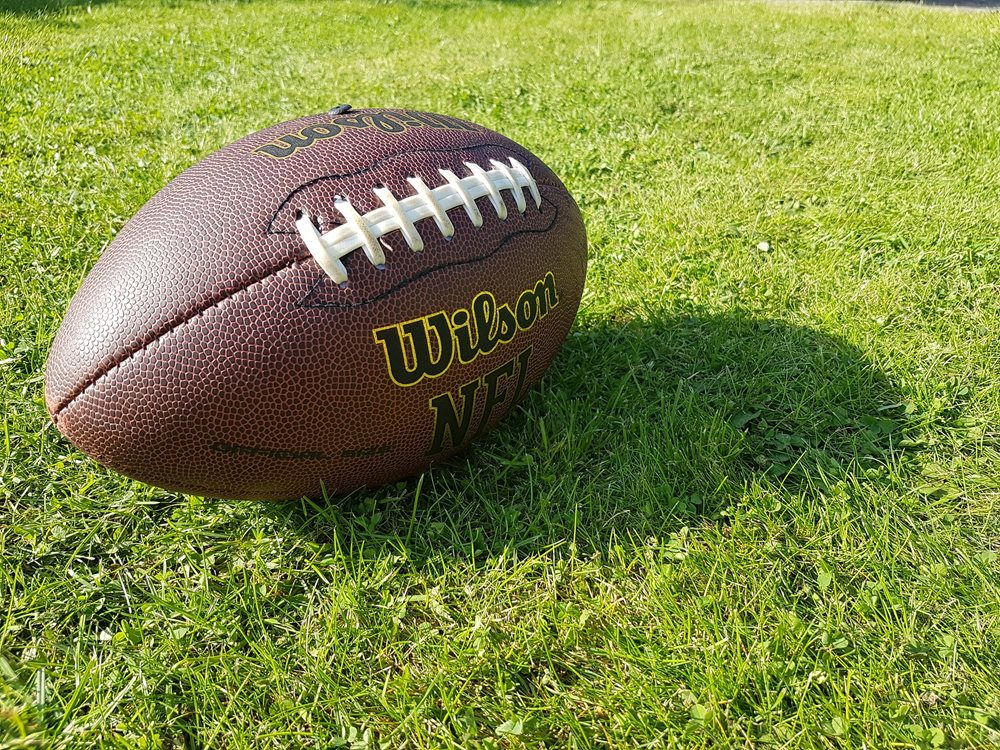Super Bowl – The Optometrists’ Role in Concussion Treatment
There will be the usual hype surrounding Super Bowl LIV between the San Francisco 49ers and the Kansas City Chiefs Feb. 2 in Miami, Fla. And, among the issues that’s been getting regular attention in recent years is the increased awareness of concussions among the players and the steps the National Football League has taken to assess and treat players with concussions.
 As you settle into your Super Bowl parties with the hopes that your pool numbers come up during the big game, Dr. Siva Meiyeppen, Optometrist in the Pediatric and Binocular Vision Service at The Eye Institute (TEI), will be paying particular attention to those players who might suffer traumatic brain injuries (TBI) during the game.
As you settle into your Super Bowl parties with the hopes that your pool numbers come up during the big game, Dr. Siva Meiyeppen, Optometrist in the Pediatric and Binocular Vision Service at The Eye Institute (TEI), will be paying particular attention to those players who might suffer traumatic brain injuries (TBI) during the game.
“The main point is that optometry has a big role to play in this field (concussions). We’re making sure people who have concussions are getting a comprehensive vision evaluation, including a binocular vision workup, since these are often the visual skills that are most affected after any brain injury,” said Dr. Meiyeppen. “But it’s not just optometrists who are trained to detect and treat the damage from concussions. Audiologists and speech-language pathologists are also critical to the treatment of traumatic brain injuries.”
As Dr. Meiyeppen explains, concussions can impact all areas of the brain. “There’s a hearing component, a vision component and a memory component,” she said. “So we take a multidisciplinary approach to traumatic brain injuries.”
Dr. Meiyeppen completed her residency in pediatrics and vision therapy at
The Eye Institute (TEI) after graduating from optometry school in 2014. During her residency, she was able to work hands-on with concussion patients at TEI, which appealed to her as she considered her career path.
“Regardless of the injury, when they have a visual deficit, it affects school, it affects work, it affects the whole family structure,” she said. “So getting to see those patients and treat them successfully and see how much of an impact you’ve made is really rewarding.”
The NFL has been taking concussions seriously for several years now. It implemented a concussion protocol in 2009 and has made adjustments to it along the way. The protocol includes: (1) When a potential concussion is identified, the player shall be removed immediately from the field; (2) The NFL team physician and the unaffiliated neurotrauma consultant will review a video of the play and perform a focused neurological examination; (3) If there is a suspicion of a concussion, the player will be escorted to the locker room for a full assessment; (4) If the player is diagnosed with a concussion, there is no same-day return to play; (5) If the player passes the exam, he will be monitored for symptoms throughout the game.

The NFL employs seven “observable symptoms” to identify players with concussions. They include:
- Any loss of consciousness;
- Slow to get up following a hit to the head, which may include a secondary contact with the playing surface;
- Motor coordination or balance problems (stumbles, trips or falls, labored movement);
- Blank or vacant look;
- Disorientation (unsure of where he is on the field or the location of the bench);
- Clutching of head after contact;
- Visible facial injury in combination of the other symptoms.
“Half the neural pathways in the brain are involved in vision is some ways, regardless of the area of the injury,” said Dr. Meiyeppen. “So it could be the front of the head, the back of the head, regardless of how you sustained the concussion, it’s quite likely that you’ll have a visual deficit afterwards because of the complexity of the visual pathways and how many of them there are.”
The main aspects optometrists see in those with a concussion include trouble with eye tracking (eye movements), the eyes converging or diverging, and trouble with eye-teaming (how the eyes move together).
According to Dr. Meiyeppen, it’s important the NFL has been taking concussions seriously and that it has a protocol for diagnosing and treating the injury. The term being used often now is chronic traumatic encephalopathy (CTE), which is a neurodegenerative disease caused by repeated head injuries. Symptoms may include behavioral problems, and problems with thinking. Symptoms typically do not begin until years after the injuries, often become worse over time and can result in dementia.
“It can have a lifetime of impact if players keep getting concussions,” she said. “These repeated concussion events can lead to actual structural biochemical changes in the brain. It can be life-threatening and it can be preventable.”
Dr. Meiyeppen pointed out that according to the most recent available statistics, a person who has had a concussion is three to six times more likely to suffer from another concussion. She added that from 2006 to 2014, the concussion rate of kids visiting emergency rooms went up 53 percent, something she attributed to an increased awareness of concussions by the parents of young athletes.
“We do know it’s a public health crisis, and the prevalence is going up quite a bit,” she said. “It’s something that hospitals, physicians and optometrists are dealing with a lot more.”
The Eye Institute offers a wide range of vision care services including vision therapy. To schedule an appointment call 215.276.6111.